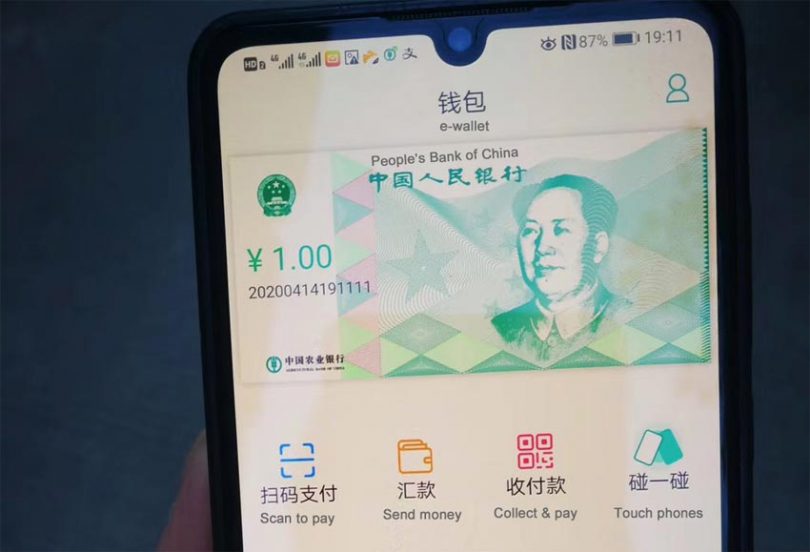Yesterday the Daily Economic News reported that China’s central bank digital currency (CBDC) is to be used in May for limited payments in the Xiangcheng District of Suzhou, just inland of Shanghai.
The wallet – screenshots of which leaked earlier this week – is being distributed this month to workers at the big four state-owned banks, the same banks that are involved in the digital currency / electronic payment project (DCEP).
Staff receive transport subsidies, and in May, half of that transport subsidy will be in the form of the digital yuan. This is consistent with the news last year that tests would include transport, education, medical care and retail.
A financial analyst Xiao Lei told the newspaper that transport subsidies is a strong, self-contained application that could be extended in the future to other subsidies. He also noted that the leak of the screenshot relating to the Agricultural Bank of China (ABC) was not an accident. Consumers in cities already heavily use digital money. Still, physical cash, which is the target of the CBDC, has the highest penetration in rural areas where the ABC has its biggest presence.
“Of course, I personally think that it also contributes to the internationalization of the RMB, which is an overflow effect and worth looking forward to in the future,” said Xiao Lei. Ledger Insights explored this digital renminbi internationalization potential last year.
Previous reports were that the CBDC app was available to Agricultural Bank customers on a whitelist in Shenzhen, Xiong’an, Chengdu and Suzhou.
News of the digital renminbi pilots first emerged late last year. The organizations involved are the big four state-owned banks, the three big telecoms firms, and Huawei. The four state-owned banks are the Industrial and Commercial Bank of China (ICBC), China Construction Bank, Agricultural Bank of China, and Bank of China. And the three telecoms companies are China Telecom, China Mobile, and China Unicom.
But later a list of 22 firms emerged.
In terms of technology, while the core digital currency backend does not use blockchain, at the retail distribution end, there is greater flexibility in how this is implemented. Just last week Yao Qian, a Director at the China Securities Regulatory Commission (CSRC), wrote an article outlining the potential for competition in the distribution of the digital currency as well as the use of distributed ledger technology (DLT).
This could be what Mu Changchun, director of the Digital Money Institute at the People’s Bank of China (PBOC), previously referred to as a “horse race”.
While the PBoC has been exploring digital currency for years, it is Facebook’s Libra that accelerated the interest. And the same goes for other central banks around the world that are ramping up research into CBDC.






